Value-added tax is a tax added to the price of goods and services. Governments worldwide use VAT to generate revenue, and unfortunately, chocolate, a beloved treat, is often subject to this tax.
Who doesn’t love a good chocolate bar? It’s the perfect pick-me-up, a stress reliever, and a delicious treat. But have you ever wondered why that seemingly innocent pleasure can come with a hefty price tag? Well, it’s all thanks to a little thing called Value-Added Tax (VAT).
In the United Kingdom, the standard VAT rate is 20%, with certain goods and services qualifying for reduced or zero rates. The classification of products, particularly in the food sector, can significantly impact their VAT treatment. Chocolates and chocolate-covered products often fall into complex categories, leading to varying VAT rates.

What is VAT on chocolates?
When VAT is imposed on chocolate manufacturers and retailers, it adds to the overall cost of production and distribution. This increased cost is often passed on to consumers in the form of higher prices.
Factors like the specific VAT rate, the stage at which VAT is applied, and the type of chocolate product can influence the extent of the price increase. Additionally, changes in VAT rates or the introduction of new VAT regulations can lead to fluctuations in chocolate prices.
Understanding the VAT on chocolate can help consumers make informed choices and businesses adjust their pricing strategies accordingly.
As of January 2025, the UK applies three primary VAT rates:
- Standard Rate (20%)
Applies to most goods and services, including confectionery items such as chocolates and sweets.
- Reduced Rate (5%)
Applies to specific goods and services, such as children’s car seats and home energy.
- Zero Rate (0%)
Applies to essential items like most unprocessed food, children’s clothing, and books.
VAT on Chocolates and Confectionery
In the UK, the VAT treatment of food items is nuanced. While most unprocessed food items are zero-rated, confectionery, including chocolates, is generally subject to the standard VAT rate of 20%.
“confectionery” encompasses many sweetened items, including chocolates, sweets, and candies. However, certain products like cakes and biscuits may qualify for a zero rating.
The Jaffa Cake Debate
A notable example of VAT classification complexity is the Jaffa Cake. In a landmark case, it was debated whether Jaffa Cakes should be classified as cakes (zero-rated) or biscuits (standard-rated if chocolate-covered).
The court ultimately ruled that Jaffa Cakes are cakes, allowing them to remain zero-rated for VAT purposes.
Are Cakes 20% VAT?
Unlike confectionery items such as chocolate bars and sweets, which are subject to the standard 20% VAT rate, cakes are typically zero-rated for VAT purposes. This means no VAT is charged on their sale.
However, the distinction between cakes and other items like biscuits or confectionery can sometimes lead to controversy. A famous example is the Jaffa Cake case, where a legal debate arose over whether Jaffa Cakes should be classified as cakes or biscuits.
Does Cocoa Have VAT?
Cocoa, in its raw or powdered form, is generally treated differently from processed chocolate products when it comes to VAT. In the UK, pure cocoa powder used for baking or preparing beverages is classified as a basic food item and is zero-rated for VAT purposes. This aligns with the principle that most unprocessed foodstuffs are exempt from VAT.
However, cocoa-based products such as instant hot chocolate mixes, which often contain added sugars or milk powder, are typically subject to the standard 20% VAT rate, as they are classified as confectionery or luxury items.
Vat on Chocolate-Covered Biscuits vs. Cakes
The VAT treatment of chocolate-covered biscuits and cakes highlights the complexity of tax classifications in the UK. While chocolate-covered biscuits are taxed at the standard 20% VAT rate as confectionery, cakes, including those with chocolate coatings, are generally zero-rated.
The distinction between cakes and biscuits is crucial for VAT purposes:
Chocolate-Covered Biscuits
Considered confectionery and subject to the standard 20% VAT rate.
Cakes (Including Chocolate-Covered)
Generally zero-rated, meaning no VAT is charged.
Exceptions and Exclusions
While VAT is generally applicable to the sale of chocolate, there may be specific exemptions or reduced rates in certain circumstances. For example, some countries may exempt or reduce VAT on dark chocolate with a high cocoa content, considering it a healthier option.
Additionally, charitable organizations may be exempt from VAT on chocolate sales if the proceeds are used directly for charitable purposes.
While most chocolate products are subject to VAT, there may be some exceptions:
- Zero-Rated Goods
In some countries, certain basic food items, such as plain milk chocolate, maybe zero-rated, meaning no VAT is added.
- Reduced Rates
Some countries may apply reduced VAT rates to specific types of chocolate, such as dark chocolate with a high cocoa content.
Conclusion
While the taxman may take a bite out of our chocolate indulgence, it’s important to remember that VAT is a necessary evil that helps fund public services. So, the next time you savor a piece of chocolate, take a moment to appreciate the complex economic factors that contribute to its price.
Remember, every bite is a small act of rebellion against the taxman. While VAT may add a bittersweet taste to our chocolate indulgence, it’s important to remember that it contributes to the overall economy.
By understanding the complexities of VAT and making informed choices, we can continue to enjoy our favorite chocolate treats.

